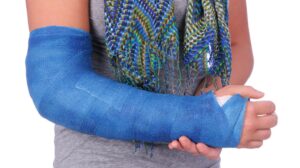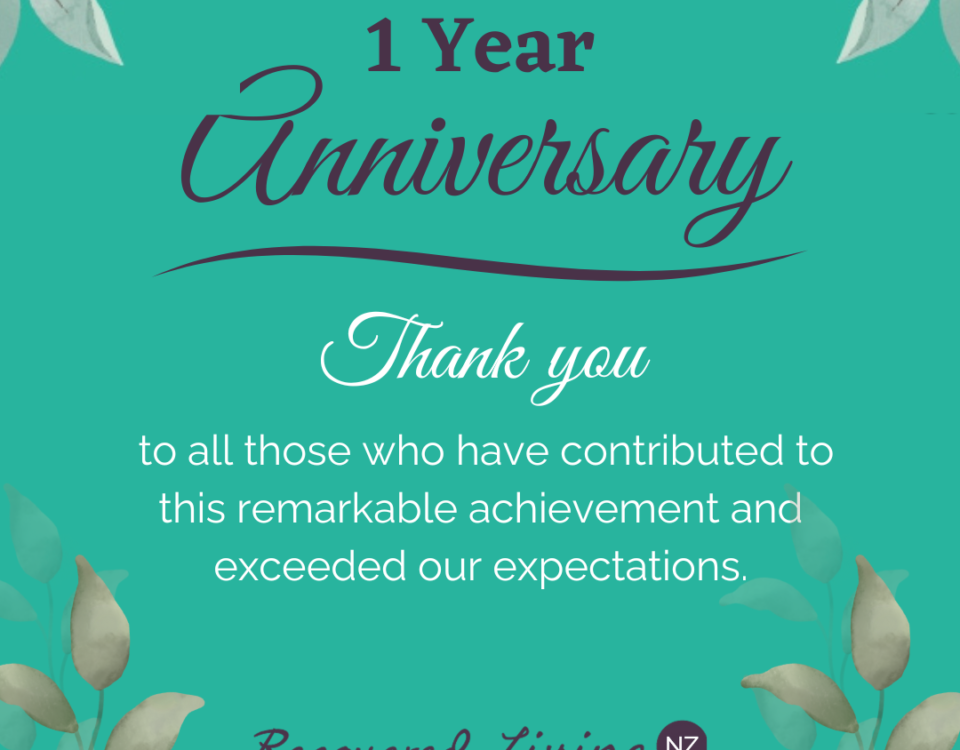Recovery vs Recovered
Written by Katherine Kaczor, Recovered Living’s Nutritionist
As our name implies, at Recovered Living we work hard to support all clients in moving into a recovered life. But what does recovered really mean and how is it different from recovery?
I find using a broken arm metaphor helpful when thinking about this concept.
When a person is initially healing from a broken bone, they need a specialised treatment plan. A hard cast is often needed to hold the bones in the correct positions. While highly uncomfortable at times, this rigid cast is essential to ensure that the break heals properly and that further injury is not sustained. The person may need to follow a medication regimen throughout the healing journey to ease their pain and support the healing process. They may also require regular monitoring from a wide variety of professionals including an orthopaedist and physiotherapist. The injured person needs to put their trust in these providers as it can be difficult for the person to assess their own healing, especially if the person feels any shame around their injury or feels pressured to get back to normal living.
In the early days of healing, it can feel like a full-time job. The amount of time needed with each of these interventions is highly dependent on the cause of the injury, preexisting factors, and how the individual responds to their treatment (ie do they have medication side effects or struggle to get into their appointments). Some people may need longer times in their cast and other people may need more time in a sling, depending on how their healing unfolds. There may also be ups and downs with the healing and the person may have been cleared by their physio only to need the support again a few weeks later.
Eventually, however, most broken bones heal. The person does not need to plan their day around their injury, in fact, it rarely crosses their mind—they are healed. Because the bone has gone through that trauma, the person will be at increased vulnerability going forward and may need to be extra mindful about getting injured again. They may be more proactive about stretching or wearing protective equipment to reduce their risk.
Similarly, eating disorder recovery starts off with a structured treatment plan. This plan will need to be intensive and comprehensive to heal the body and mind. The person going through recovery will be required to do the uncomfortable—eat a meal plan full of their feared foods, address difficult issues in therapy, and allow their body to rest, when everything is screaming at them to move. The recovery process can come with its own set of physical complications and side effects. The person may experience constipation, bloating, or nausea as their body adjusts to eating a variety of foods at the appropriate quantities. Night sweats may occur as the metabolism repairs. Salivary glands can become painful and enlarged with the cessation of purging. It is again a full-time job. The individual needs to put their full trust in their treatment team as their mind and body is in too fragile of a state to be relied upon to make healthy decisions.
Over time, this full-time job, drops down to a part-time job. The physical ailments may be mostly resolved and the underlying issues generally explored, but there may still be lingering negative thoughts about food and body that plague the mind. They may struggle to trust their body’s hunger and fullness cues and require the support of a meal plan to prevent restricting or bingeing. Regular contact with the treatment team is still needed to keep accountable, but they are growing a support team in their community and are better able to reach out when they are struggling.
As the recovery process continues, the hours of the job are gradually cut to a casual position. Most of the time is free from any thoughts of the eating disorder and more time is being filled with new opportunities and passions. There might be really rough days where the person struggles with more eating disorder thoughts and they still require maintenance sessions with their treatment team to stay on track. It’s normal to work a variable number of hours during the recovery process – recovery is nonlinear, and there is much to be learned from every recovery lapse.
Recovered comes when these hard days no longer lead to eating disorder thoughts or actions. Recovered is trusting your body and treating it with respect. Recovered is living a life where food does not cause anxiety or have to be meticulously planned out. Recovered is not all unicorns and rainbows, however. Life still has its challenges, but they are responded to it being taken out on food.
Like with the broken bone, a recovered person will always have an increased vulnerability. Through the recovery process, they learn to protect against these vulnerabilities through comprehensive relapse prevention planning. They learn when they need to be more mechanical with their food or take a break from exercise. They learn when more self-care if needed and when to reach out for support.





